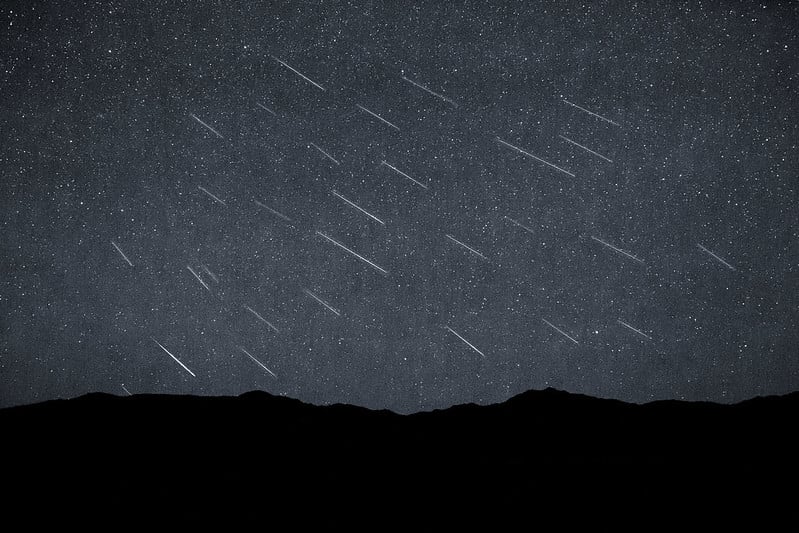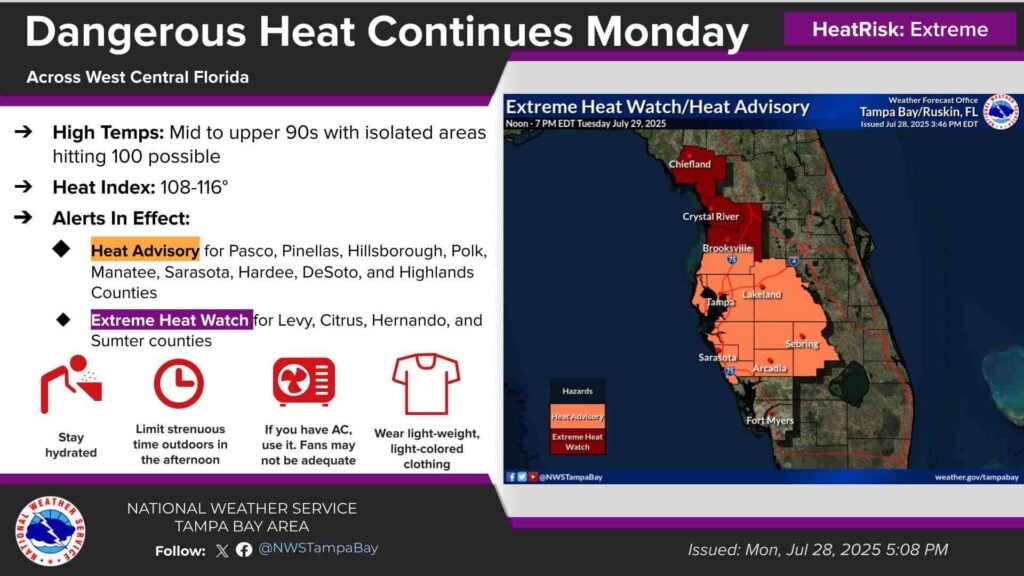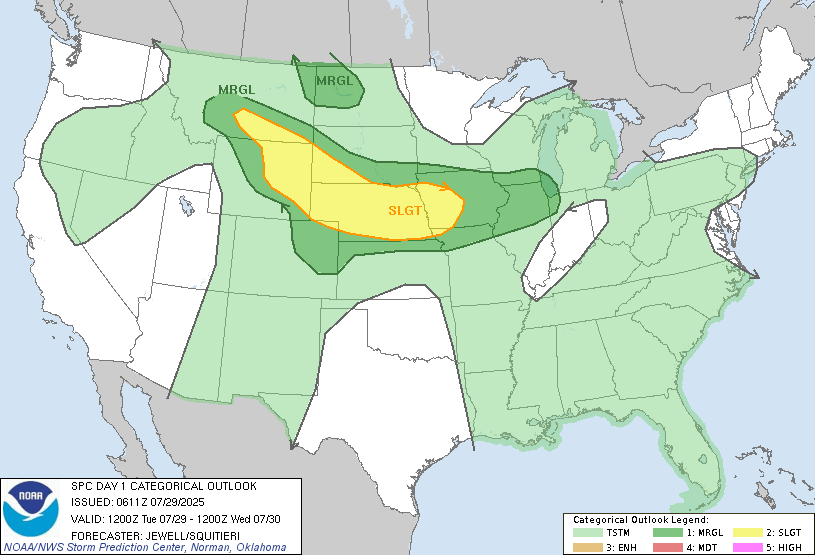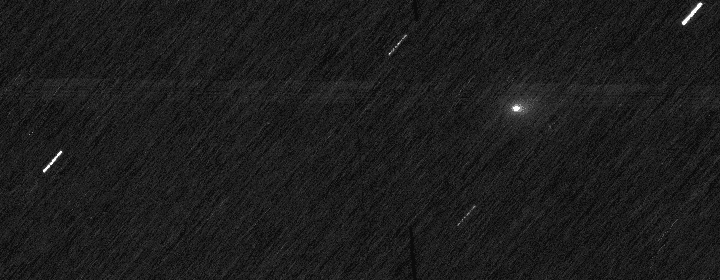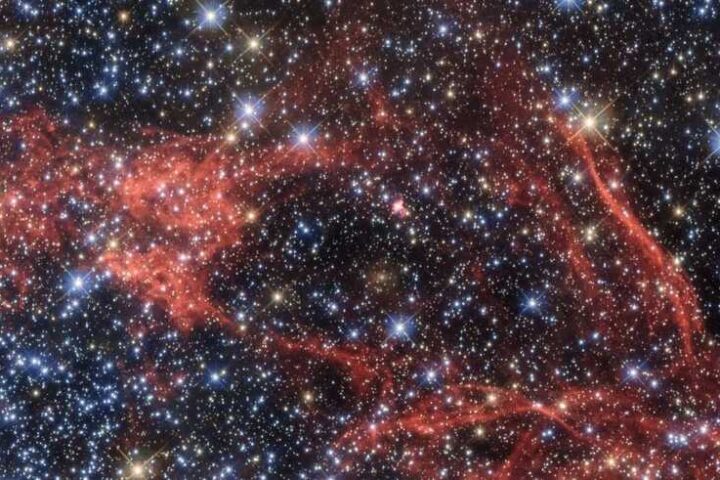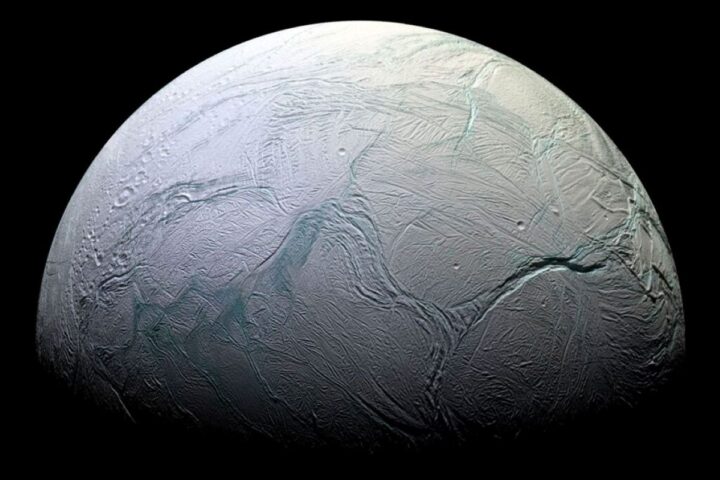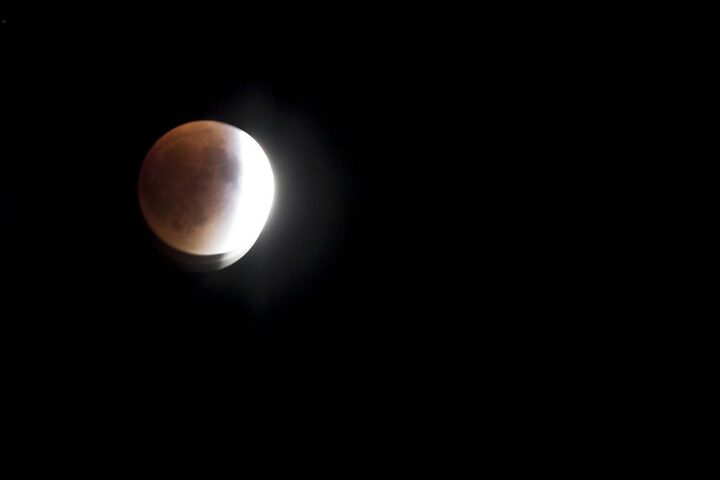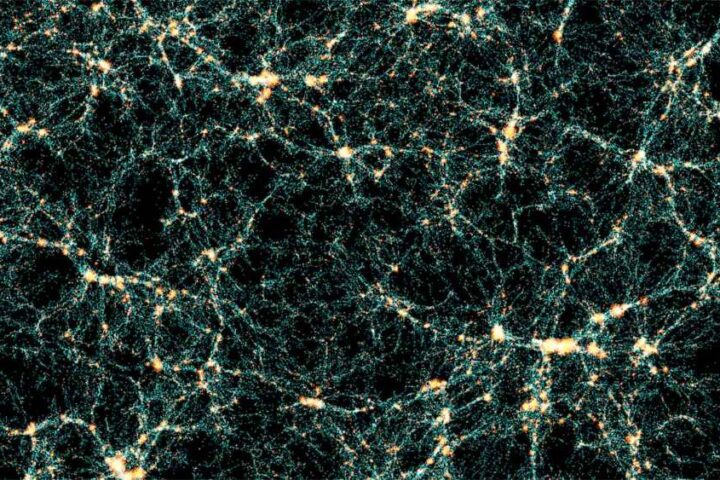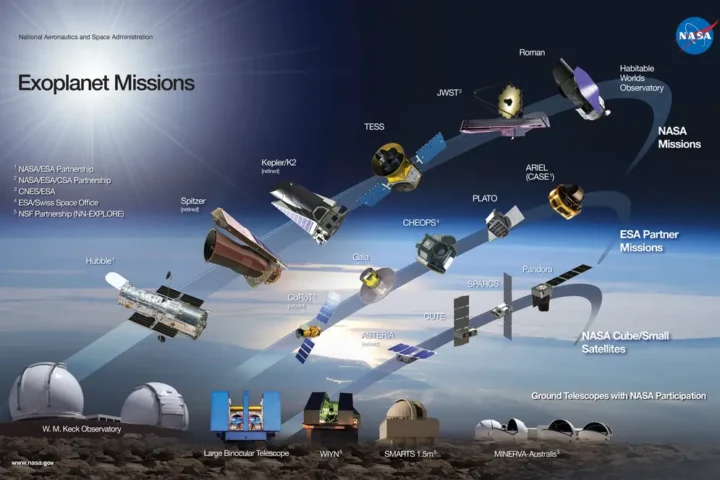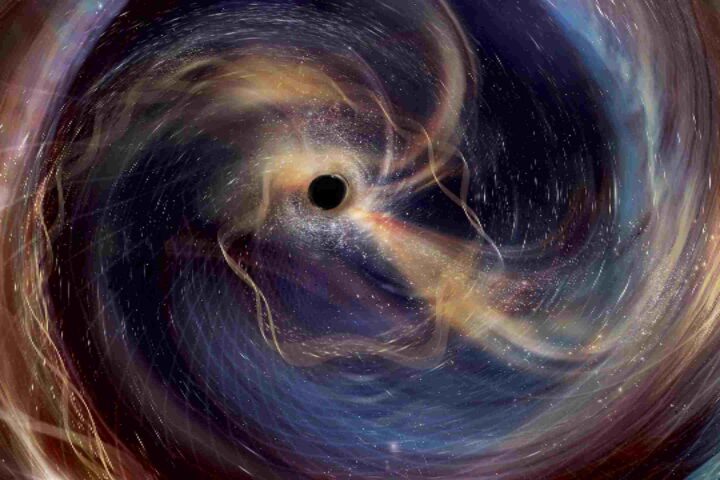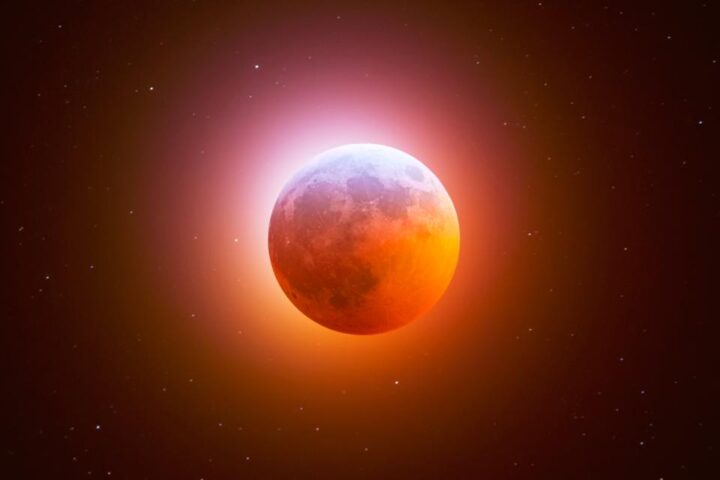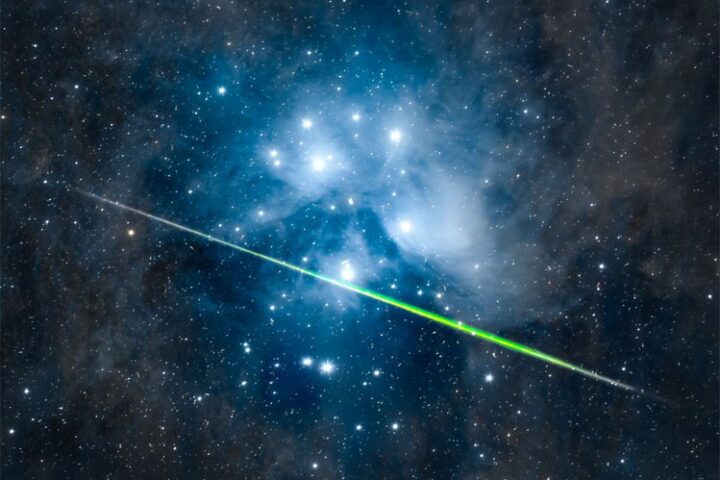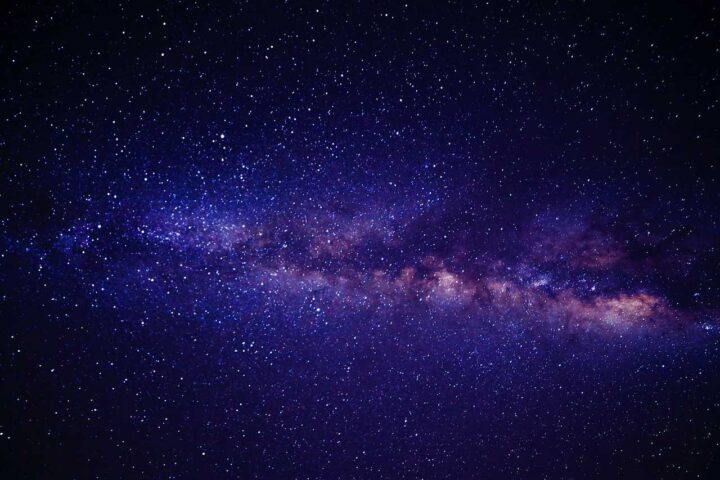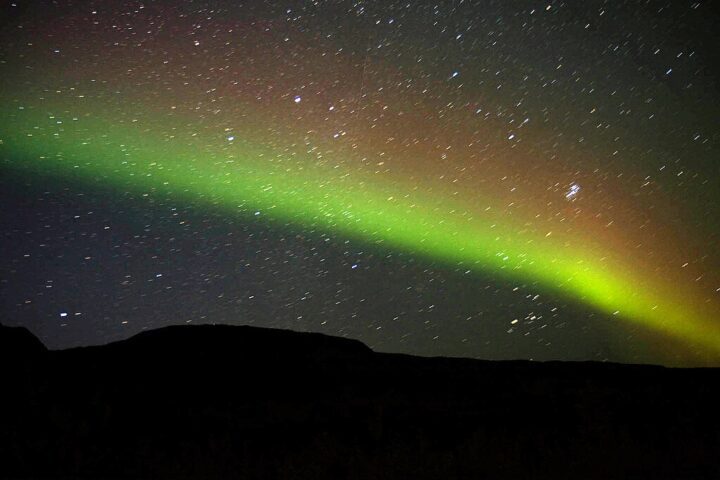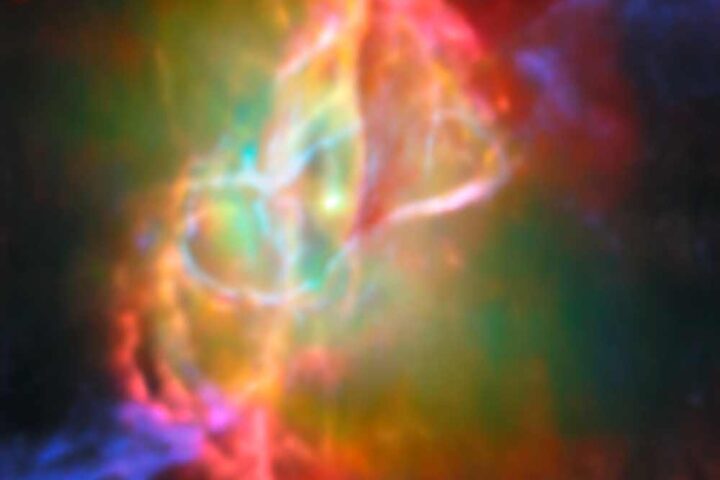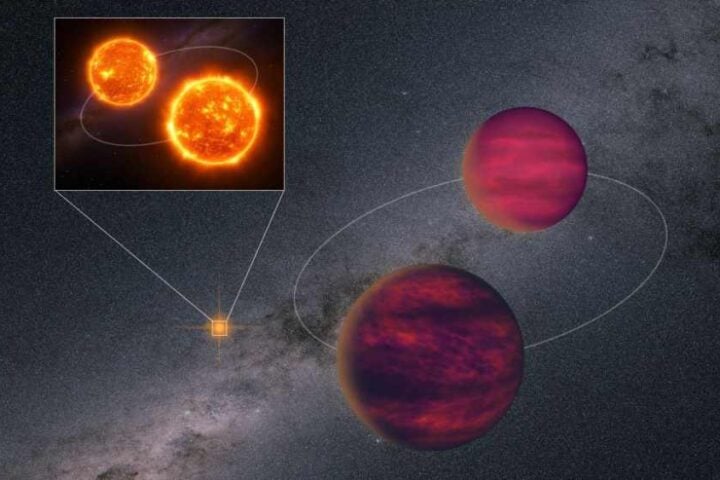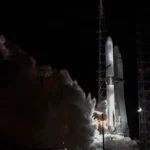Look up tonight! While many stargazers are waiting for the famous Perseids next month, two lesser-known meteor showers are peaking right now with better viewing conditions. The Southern Delta Aquariids and Alpha Capricornids reach their maximum tonight (July 29-30), offering a celestial double feature under favorable moonlight.
Why Tonight’s Showers Outshine August’s Famous Perseids
When the Perseids peak on August 12-13, they’ll battle an 84% full moon that washes out all but the brightest meteors. Tonight’s first-quarter moon (about 22% full) sets earlier, creating darker skies for these dual showers.
“The glare of the moon is really a killer for meteor observations,” explains Nick Moskovitz of Lowell Observatory. “These late July showers offer better viewing opportunities this year.”
What You’ll See: Two Different Meteor Types
The Southern Delta Aquariids produce up to 7 to 8 meteors per hour under ideal conditions. These meteors travel at about 25 miles per second (40 km/s) and appear to radiate from the constellation Aquarius in the southern sky.
The debris causing these meteors comes from comet 96P/Machholz. Viewers in the Southern Hemisphere have an advantage, potentially seeing 15-20 meteors hourly compared to just 7-8 per hour in northern locations.
The Alpha Capricornids are slower and fewer—only about 5 per hour—but they’re known for something special.
“These slow fireballs from Alpha Capricornids are your best chance at one spectacular streak,” says Hunter Miller from Adler Planetarium. They move at a relatively leisurely 14 miles per second (22 km/s), creating longer, more visible trails.
These meteors come from comet/asteroid 169P/NEAT, which disintegrated about 4,500 years ago. First discovered in 1871 by von Konkoly-Thege, this shower is predicted to intensify significantly between 2220-2420 AD, potentially becoming a major meteor storm.
Meteor Visibility Simulator
How and When to Watch
For best results:
- Find a dark location away from city lights after 10 PM
- Look toward the southern sky (southeast before midnight for Alpha Capricornids)
- Allow 15-30 minutes for your eyes to fully adapt to darkness
- Avoid looking at phone screens or using flashlights
- Bring a reclining chair or blanket for comfort during extended viewing
“Peak activity happens between midnight and dawn,” explains the American Meteor Society. “The radiants—the points from which the meteors appear to originate—rise higher in the sky as the night progresses.”
Technical Details (For The Space Geeks)
For those who track meteor showers using astronomical coordinates:
- Southern Delta Aquariids: Radiant at RA 22h 40m, Dec –16.4°
- Alpha Capricornids: Radiant at RA 20h 22m, Dec –9.3°
The Zenithal Hourly Rate (ZHR)—the standardized number of meteors an observer would see under perfect conditions with the radiant directly overhead—is approximately 25 for the Southern Delta Aquariids and 5 for the Alpha Capricornids.
Capturing The Show: Photography Tips
Want to photograph tonight’s meteors? You’ll need:
- A camera with manual settings on a sturdy tripod
- Wide-angle lens (14-24mm recommended)
- ISO settings between 1600-3200
- Exposure times of 15-30 seconds
- Protection against lens dew (chemical hand warmers work well)
Don’t use a tracking mount—you want the stars to appear as stationary points while the meteors create streaks across the frame.
Citizen Science Opportunity
The International Meteor Organization (IMO) welcomes observations from amateur astronomers. Their standardized visual session forms allow citizen scientists to contribute valuable data about meteor rates and characteristics.
NASA’s Meteoroid Environment Office monitors meteor shower activity to assess potential risks to spacecraft and satellites during these events. Historical incidents, like the Olympus satellite damage during the 1993 Perseids, demonstrate why this tracking is important for space operations.
Looking Ahead: Mega Perseids Coming Next Year
If clouds or light pollution interfere with your viewing tonight, mark your calendar for August 2026. Astronomers predict an exceptional Perseid outburst with hundreds of meteors per hour under a dark moon.
Tonight’s dual meteor showers combine for up to 30 meteors per hour under ideal conditions. While less famous than the Perseids, they offer better viewing circumstances this year thanks to favorable moonlight and overlapping activity periods. So find a dark spot, look up, and enjoy the show!
Frequently Asked Questions
1. When is the best time to watch tonight’s meteor showers?
After midnight until just before dawn, when the sky is darkest and the shower radiants are highest.
2. Where should I look in the sky?
Face south. The Southern Delta Aquariids come from low in the south, and Alpha Capricornids from southeast before midnight.
3. What makes a meteor a “fireball”?
A fireball is a bright meteor that burns longer and looks like a small ball of fire streaking across the sky.
4. How many meteors can I expect to see per hour?
Up to about 25 from the Delta Aquariids and about 5 from the Capricornids—so as many as 30 in a clear, dark sky.
5. Does the Moon affect what I can see?
Yes—a thin crescent moon sets early tonight, so its light won’t drown out fainter meteors.
6. Can I see these showers from anywhere?
They’re best for viewers in the Northern Hemisphere, but the Delta Aquariids also shine in the south with even more meteors.
7. What gear do I need for better viewing?
No fancy gear—just find a dark spot, lie back, and give your eyes 15–30 minutes to adjust.
8. How can I help scientists with my observations?
Note the time, count what you see, and submit it to the IMO visual‑session form—any data helps track shower strength.
Quick Meteor Quiz
Test your meteor knowledge—click an answer to see if you’re right!
Q: Which two meteor showers peak tonight?
